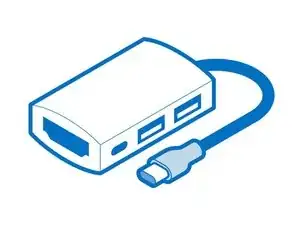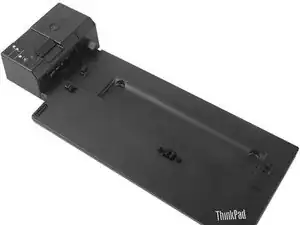Background and Identification
A docking station, port replicator (hub), or dock provides an alternative, simpler way of connecting a laptop to common auxiliary devices like mobile phones and computer mice. Dockable devices include a range of connectors, uses, and power signaling methods. So, docking stations are not standardized for a range of devices and are typically designed for a specific device.
Docking stations can allow some laptops to be converted to a monitor for a desktop computer. Most laptops can be docked either hot, cold, or on standby. A cold dock or undock is one where the computer is shut down before docking or undocking. A hot dock or undock is one where the computer remains running during the docking or undocking. During a standby docking or undocking, the computer can be powered on but in a sleep mode before being docked or undocked.
Types of docking stations include port replicators or hubs, breakout dock or multi-port adapters, OEM or proprietary docks, and universal or third-party docks. Port replicators are sometimes called pass-throughs. Port replicators function like a bundle of extension cables, but the cords are plugged in and unplugged together throughout the device. A breakout dock is an extension to a port replicator that offers additional ports and replicates the existing ports already on the computer. OEM or proprietary docks produce multiple connections from one port by creating them inside the dock using converters. Universal or third-party docks function similarly to OEM or proprietary docks but are available in a wide range of configurations.







